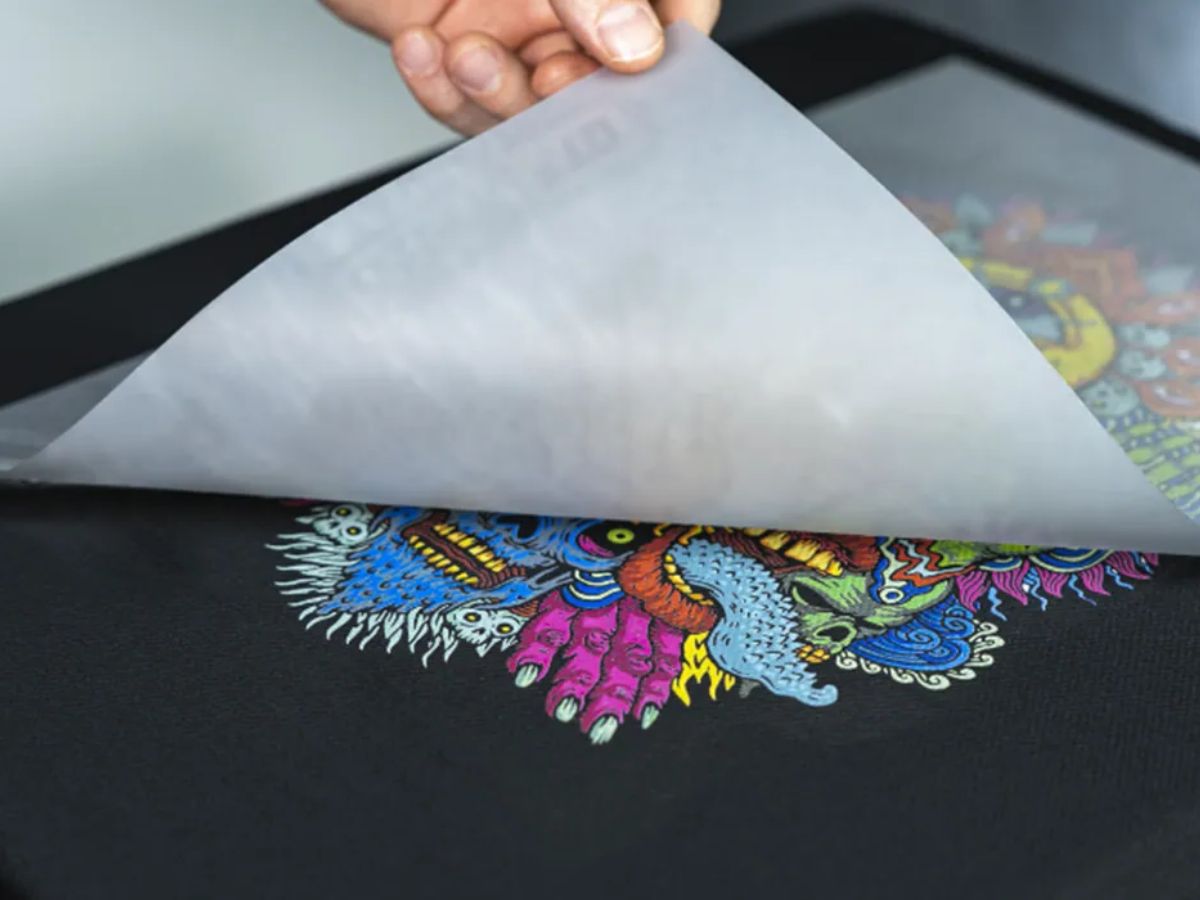
Curious about DTF printers and how they're shaking up the printing industry? DTF printers, short for Direct to Film, are revolutionizing the way we think about fabric printing. Unlike traditional methods that require pre-treatment of fabrics, DTF printing simplifies the process, offering vibrant colors and high durability without the hassle. Ideal for small businesses and hobbyists alike, these printers support a wide range of fabrics, making them versatile tools in the creative arsenal. In this post, we'll unveil 20 intriguing facts about DTF printers, shedding light on their functionality, benefits, and why they might just be the game-changer you're looking for in fabric printing. Get ready to be amazed by the capabilities of DTF technology and how it's setting new standards in the printing world.
What is a DTF Printer?
Direct to Film (DTF) printing is a method of transferring designs onto various fabrics using special films. Unlike traditional printing techniques, DTF printing involves printing a design onto a clear film and then transferring it onto the fabric with heat and pressure. This method has gained popularity for its versatility and ability to produce vibrant, high-quality prints on a wide range of materials.
How Does DTF Printing Work?
-
Design Creation: First, a design is created or selected and then printed onto a clear PET film using a DTF printer. These printers are specifically designed to handle the DTF process, using a type of ink that adheres well to the transfer film.
-
Powder Application: After printing, an adhesive powder is applied to the printed film. This powder only sticks to the wet ink areas and is crucial for the transfer process.
-
Curing the Print: The film, now with the design and adhesive powder, goes through a curing or drying process. This can be done with a heat press or a curing oven, solidifying the adhesive.
-
Transferring to Fabric: The final step involves transferring the cured print onto the fabric. This is achieved by applying heat and pressure, typically with a heat press. The heat activates the adhesive, bonding the design to the fabric.
Benefits of DTF Printing
-
Versatility: DTF printing can be used on a wide variety of fabrics, including cotton, polyester, and blends, making it highly versatile.
-
Durability: Prints made with DTF technology are known for their durability and washability, often outlasting the fabric they are printed on.
-
Quality: DTF prints are characterized by their vibrant colors and high resolution, allowing for detailed and complex designs.
-
Efficiency: The process is relatively quick and allows for the production of small batches without the need for extensive setup, making it efficient for both small and large orders.
DTF vs. Traditional Printing Methods
-
No Pre-treatment Required: Unlike some traditional printing methods, DTF printing does not require the fabric to be pre-treated before applying the design. This saves time and reduces the complexity of the printing process.
-
Lower Cost: DTF printing can be more cost-effective than other methods, especially for small to medium-sized runs, due to lower setup costs and minimal waste.
-
Flexibility in Color: With DTF printing, there is no limit to the number of colors you can use in your design, unlike screen printing, which requires separate screens for each color.
Choosing the Right DTF Printer
-
Print Quality: Look for printers that offer high resolution and color accuracy to ensure your designs come out vibrant and sharp.
-
Speed: Depending on your production needs, consider the printing speed of the printer. Higher speeds can significantly increase output for businesses.
-
Ink Compatibility: Ensure the printer is compatible with high-quality DTF inks, which are crucial for producing durable and long-lasting prints.
-
Ease of Use: Some DTF printers come with software that simplifies the design and printing process, making it easier for beginners and professionals alike.
Maintenance and Care for DTF Printers
-
Regular Cleaning: To prevent clogs and maintain print quality, it's essential to clean your DTF printer regularly, following the manufacturer's instructions.
-
Proper Storage of Materials: Store DTF inks and films in a cool, dry place to prevent them from degrading and ensure they perform well.
-
Software Updates: Keep your printer's software up to date to take advantage of the latest features and improvements.
Future of DTF Printing
-
Innovation in Materials: As the demand for DTF printing grows, we can expect to see innovations in both inks and transfer films, leading to even higher quality and more durable prints.
-
Expansion into New Markets: DTF printing is set to expand into new markets, including home decor and automotive, due to its versatility and high-quality output.
A Final Brushstroke on DTF Printers
We've journeyed through the fascinating world of DTF printers, uncovering their capabilities, benefits, and how they're changing the game in textile printing. These printers, known for their versatility and efficiency, offer a gateway to creativity and innovation in fabric design. They've made it easier for designers and businesses to produce vibrant, high-quality prints without the hefty price tag or complex processes associated with traditional printing methods. Whether you're a seasoned professional in the printing industry or a newcomer eager to explore the possibilities, DTF printers present an exciting opportunity to bring your designs to life. Armed with this knowledge, you're now better equipped to dive into the world of DTF printing, where the only limit is your imagination. Let's embrace the future of textile printing together, where every fabric becomes a canvas waiting for your unique touch.
Was this page helpful?
Our commitment to delivering trustworthy and engaging content is at the heart of what we do. Each fact on our site is contributed by real users like you, bringing a wealth of diverse insights and information. To ensure the highest standards of accuracy and reliability, our dedicated editors meticulously review each submission. This process guarantees that the facts we share are not only fascinating but also credible. Trust in our commitment to quality and authenticity as you explore and learn with us.


